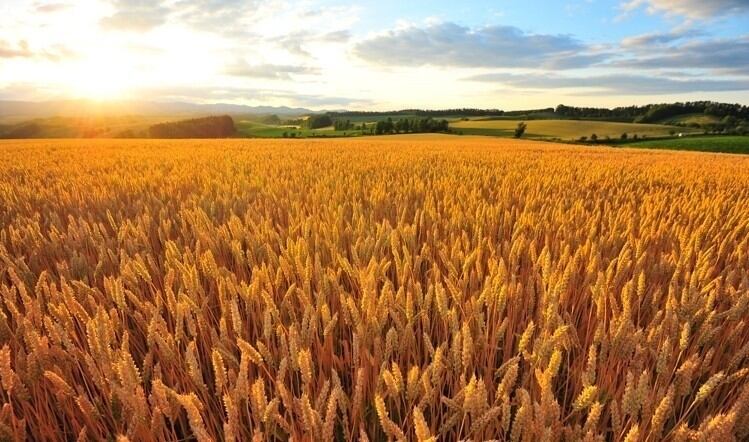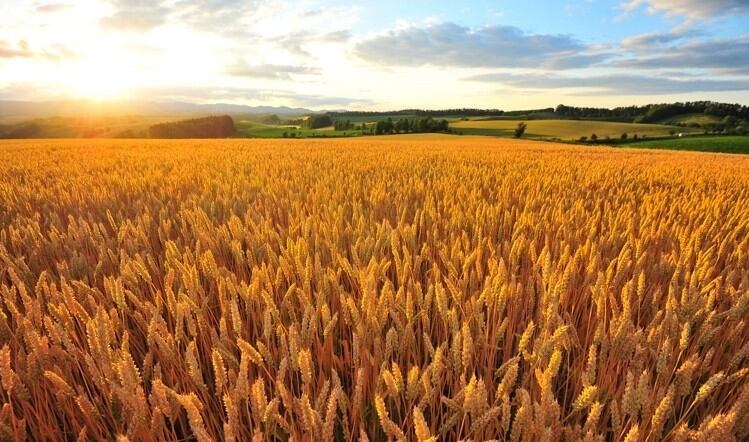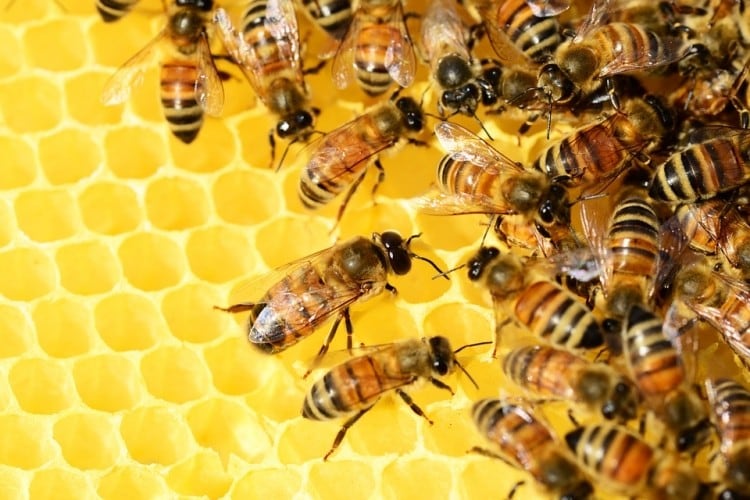The international team, led from the UK’s Rothamsted Research, said this ‘genetic yield gap’ could be closed by developing wheat varieties tailored to each region.
This would mean utilising the vast genetic variation available in global and historical wheat gene banks with modern techniques such as speed breeding and gene editing.
Yields
Dr Mikhail Semenov, who co-led this research, said: “Current wheat cultivars are, on average, only at the half-way point with respect to the yields they could produce given the mismatches between their genetics and local wheat growing conditions.
“Global wheat production could be doubled by the genetic improvement of local wheat cultivars – without increasing global wheat area.”
Using existing data on the contribution of different genes to individual plant traits such as size, shape, metabolism and growth, the researchers ran millions of computer simulations to design ‘perfect’ wheat plants that were tailored to their local environments.
Underperforming
When compared to the performance of locally adapted cultivars, in all cases they found current wheat varieties were underperforming for grain yield, with an obvious ‘genetic yield gap’ between reality and possibility.
According to Dr Nimai Senapat, who co-led the research with Semenov, closing the genetic yield gap would go a long way to feeding the growing world population and would reduce pressure to convert wild habitats to farmland.
“Not unsurprisingly, the countries with the lowest current yields could gain the most from closing their genetic yield gaps,” said Dr Senapati.
“That said, even improvements in those countries with a medium genetic yield gap of 40 to 50%, but with a large proportion of global wheat harvest area – such as the leading producers India, Russia, China, USA, Canada, and Pakistan – would have a substantial effect on global wheat production due to the larger wheat cultivation areas involved.”




